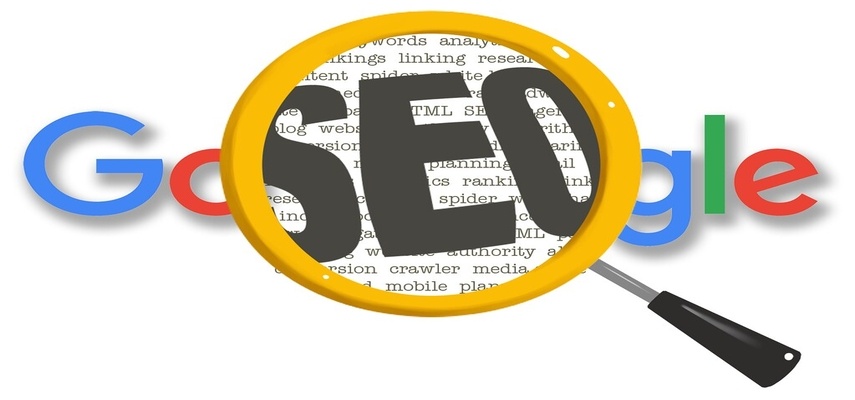You might already know by now that link building plays a vital part in boosting your search engine rankings. As a matter of fact, it’s a major ranking factor.
The thing is, link building is more than just focusing on relevant links. It’s also about using the right anchor words, as they can catapult your website to the top search results, which means more organic traffic and visibility.
With Google placing greater emphasis on the terms used in describing links, there’s no better time to start than now to start optimizing your anchor text strategy for SEO. If it’s satisfied with your anchors, expect to be rewarded with a good ranking.
On the other hand, if you’re doing it wrong, a penalty is likely coming your way. Your ranking will drop, perhaps even to the extent that nobody can find you anymore. After all, most people no longer bother to go beyond the second or third page of search results.
If you have little knowledge of anchor text, particularly on how to use it to improve your SEO, then this post is definitely for you. Because we’d love nothing more than to help your website dominate search engines, we’re sharing four tried and true tactics to optimize your anchors.
Let’s begin!
1. Use Relevant Words
Google relies on anchor texts for two reasons. First, it uses them to gather information about the web pages on both ends. Second, anchors serve as basis for ranking. The more relevant they’re seen by Google, the higher they rank in keyword searches.
That’s why you should always keep your anchor words relevant.
Pick anchors that make the most sense for your links. You’ll be impressing Google and create a positive user experience at the same time. Talk about hitting two birds in one stone!
If you’re planning to diversify your anchor text strategy by adding random words, don’t. Odds are, Google will be deeming them as clickbait, leading them to penalize you. Plus, you could possibly lose the trust of your readers.
2. Avoid Using Too Many Exact Match Anchors
Excessive use of exact match anchors is a huge no-no, as it gives Google the notion that you’re attempting to manipulate its system. It will punish you in the form of a poor ranking.
In case you’re wondering what an exact match anchor is, it’s the actual keyword that mirrors the page being linked to. Let’s say you’re reading a blog and you see the words “search engine optimization” in hyperlink. You click it, and you’re redirected to a web page about search engine optimization. That’s exact match anchor in action.
With various types of anchor text to choose from, you don’t have to stuff your content with exact match anchors. A good rule of thumb is to distribute them evenly.
So, what are these other types, you ask? Take a look at them below:
- Partial match: Includes a variation of the keyword on the linked-to page; ex. “types of anchor text” linking to a page about anchor text
- Branded: A brand name is used as anchor text. Public figures associated with a particular brand can also be a branded anchor; ex. “HubSpot” linking to a course on their website; “Neil Patel” linking to the homepage of www.neilpatel.com
- Naked link: A clickable URL added from the browser bar; ex. www.google.com
- Generic words: A specific CTA or anything that places the spotlight on the link; ex. read more, buy now, click here
- Image link: An image’s alt text
3. Stay Away from Shady Websites
It’s never a good idea to link to any site that violates Google’s Webmaster Guidelines. We’re referring to websites that practice spammy tactics, spread false information, and promote hateful speech.
Since Google sees them as nothing but toxic and manipulative sites, linking to any of them can hurt your organic rankings. And, with a low ranking comes a decline in traffic, visibility, leads, and sales.
But, what if you really need to link to a bad website? This is where a no-follow tag comes to the rescue. No-follow tags are there to tell Google that you’re not endorsing a certain website despite linking to it. As a result, your SEO won’t be affected.
4. Don’t Forget About Your Image Alt Tags
Many digital marketers and content creators often neglect image alt tags, not realizing that these tags can make a huge difference in their SEO.
Not only do they help visually impaired readers and Google understand what an image is about, but image alt tags also function as anchor text.
Keep in mind, though, that your alt tags must be highly descriptive and natural sounding so Google will understand them right away. Not to mention, they should be relevant to the images. Lastly, be sure to select one primary keyword to incorporate into your sentences.
Final Thoughts
Optimizing your anchor text strategy for SEO can be quite challenging, but once you know the basic know-hows, the task won’t be as complicated.
We guarantee you that following these tips will get you a high search ranking. If it’s the best outcome you’re aiming for, however, hiring a South Florida SEO company is the way to go.


































